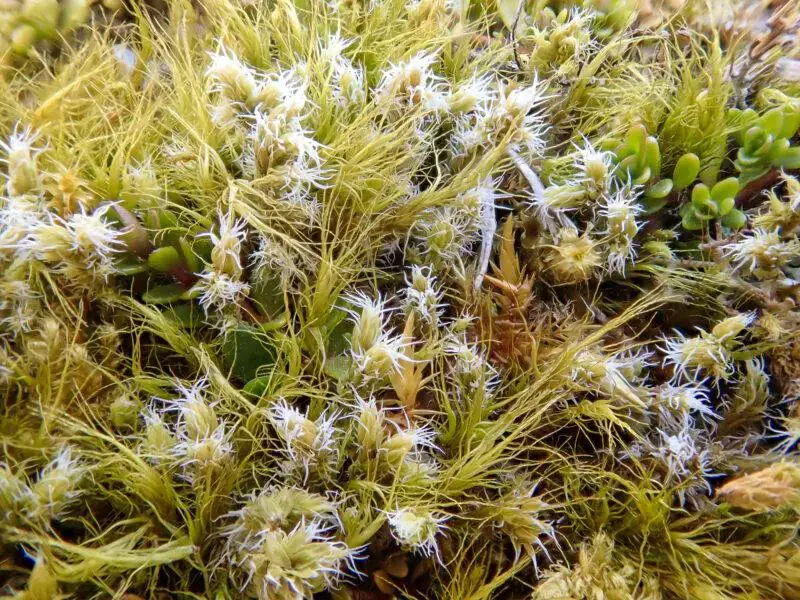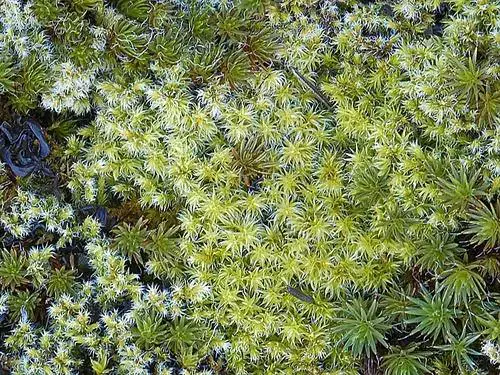
2021-04-18-11-39-23-800×600.jpg from: https://www.britishbryologicalsociety.org.uk/learning/species-finder/racomitrium-canescens/
Introduction
Welcome to the fascinating world of Racomitrium canescens subsp. latifolium (C.E.O.Jensen) Frisvoll, a remarkable moss species belonging to the Grimmiaceae family, commonly known as Racomitrium. This unassuming yet resilient bryophyte has captured the hearts of moss enthusiasts worldwide, and for good reason. In this blog post, we’ll delve into the intriguing details of this extraordinary plant, exploring its morphology, global distribution, ecological roles, and adaptations.

medium.jpg from: https://www.inaturalist.org/taxa/167679-Racomitrium-canescens
Background
Before we dive into the specifics of Racomitrium canescens subsp. latifolium, it’s essential to understand the broader context of mosses. These ancient plants belong to the Bryophyta division, which encompasses over 12,000 species worldwide. Mosses are non-vascular plants, meaning they lack the specialized tissues found in more complex plants for transporting water and nutrients. Despite their simplicity, mosses play crucial roles in various ecosystems, acting as pioneers in colonizing new environments and contributing to soil formation and moisture retention.
Main Content
Morphology and Identification
Racomitrium canescens subsp. latifolium is a tufted moss that forms dense cushions or mats. Its stems are erect and can reach heights of up to 10 centimeters. The leaves are lanceolate in shape, with a distinctive grayish-green color that gives the moss its characteristic appearance. One of the most striking features of this moss is its hair-like awns, which protrude from the leaf tips, giving the plant a fuzzy or canescent (grayish-hairy) appearance.
Global Distribution and Habitat
This remarkable moss species has a widespread distribution, occurring across various regions of the Northern Hemisphere, including Europe, Asia, and North America. It thrives in a variety of habitats, from rocky outcrops and cliffs to dry, exposed areas and even urban environments. Racomitrium canescens subsp. latifolium is particularly well-adapted to harsh conditions, making it a true survivor in the plant kingdom.
Ecological Roles and Adaptations
Despite its diminutive size, Racomitrium canescens subsp. latifolium plays vital ecological roles. It serves as a pioneer species, colonizing bare rock surfaces and initiating the process of soil formation. Additionally, its dense mats help retain moisture and provide microhabitats for other organisms, contributing to biodiversity in its environment.
One of the remarkable adaptations of this moss is its ability to withstand desiccation. During dry periods, it can curl its leaves inward, reducing water loss and entering a dormant state. When moisture becomes available again, the moss quickly rehydrates and resumes its metabolic activities, showcasing its incredible resilience.
Case Studies/Examples
In the Pacific Northwest region of North America, Racomitrium canescens subsp. latifolium is a common sight on rocky outcrops and cliffs, forming vibrant green and gray carpets that add texture and beauty to the landscape. In urban areas, this moss has been observed growing on concrete surfaces, demonstrating its ability to thrive in human-modified environments.
Technical Table
| Characteristic | Description |
|---|---|
| Division | Bryophyta |
| Class | Bryopsida |
| Family | Grimmiaceae |
| Genus | Racomitrium |
| Species | Racomitrium canescens subsp. latifolium (C.E.O.Jensen) Frisvoll |
| Growth Form | Tufted, cushion-forming |
| Leaf Shape | Lanceolate |
| Leaf Color | Grayish-green |
| Habitat | Rocky outcrops, cliffs, dry exposed areas, urban environments |
| Distribution | Northern Hemisphere (Europe, Asia, North America) |
Conclusion
Racomitrium canescens subsp. latifolium is a true marvel of the moss world, showcasing remarkable adaptations and ecological significance. From its fuzzy appearance to its ability to withstand harsh conditions, this moss species has captured the admiration of enthusiasts and scientists alike. As we continue to explore and appreciate the diversity of bryophytes, let us ponder this thought-provoking question: How can we better protect and conserve these unsung heroes of the plant kingdom, ensuring their vital roles in our ecosystems are preserved for generations to come?